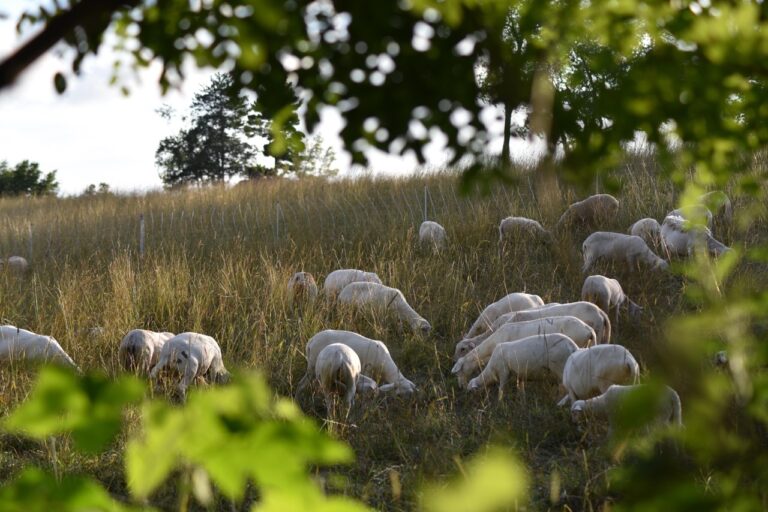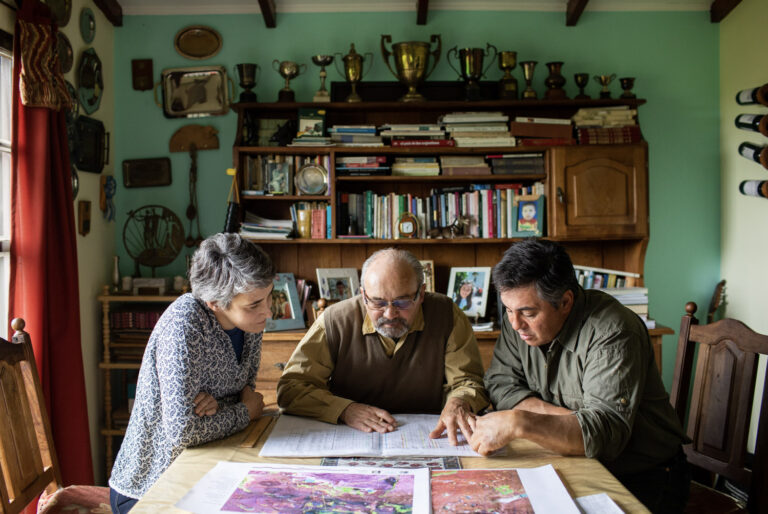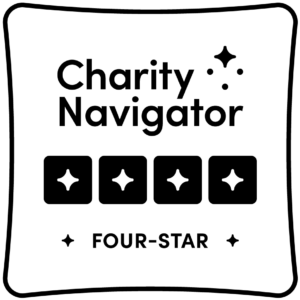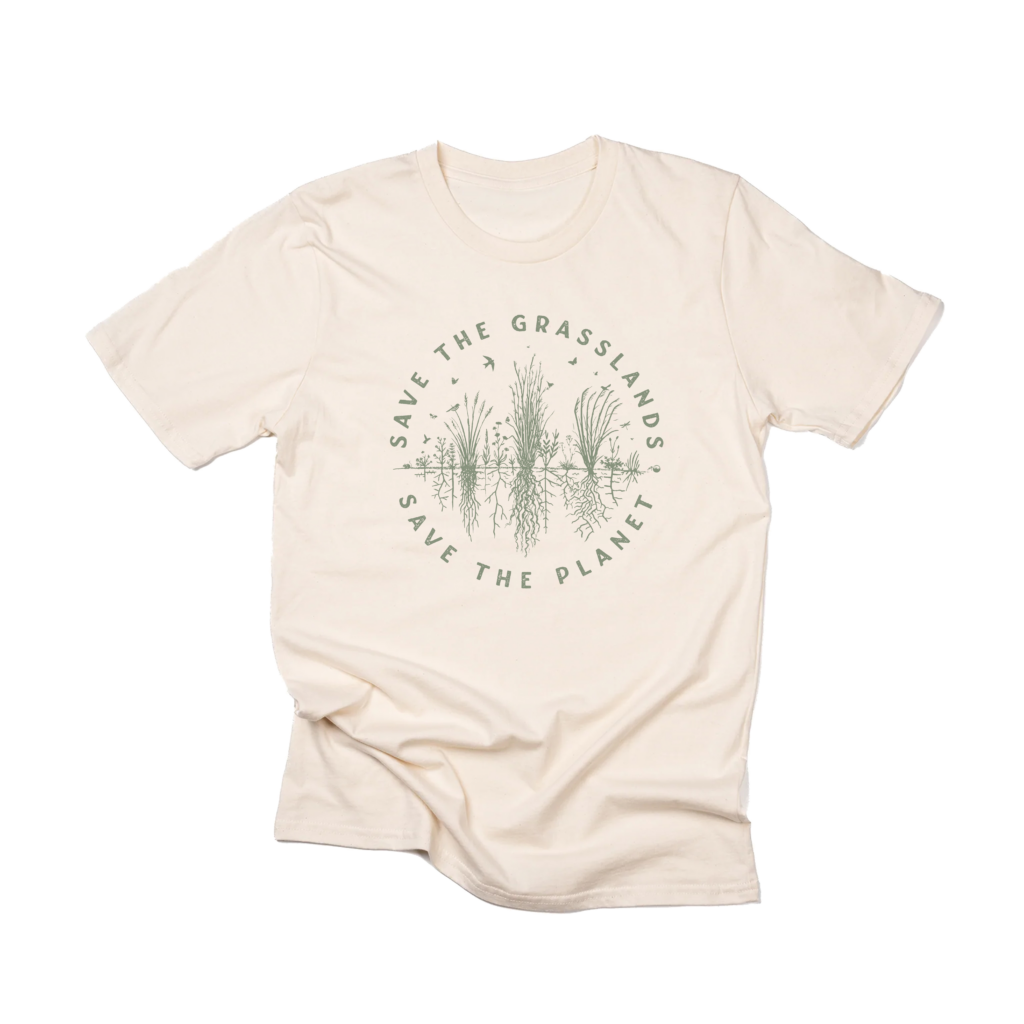Carbon drawdown is a hot topic for many in the regenerative movement. While the Savory Institute is adamant that a holistic perspective assessing all ecosystem processes is far superior to a reductive analysis of one single metric (i.e. carbon), we understand the need to engage in such conversations and the role they serve for potentially unlocking funding for producers and as entry-points for deeper discussion and understanding.
In this post (which will be updated as new data comes available), the Savory Institute has compiled various soil carbon sequestration rates found in the peer-reviewed literature studying those who have adopted improved grazing management, and we have displayed these rates on a map for easier comprehension, expressed in tons of carbon per hectare per year (tC/ha/yr).
Last update: March 9, 2023
What’s included/excluded from the map?
This map includes data collected from those who have adopted improved grazing management, most notably Holistic Planned Grazing (HPG) as taught by the Savory Institute, but also Adaptive Multi-Paddock (AMP) grazing which is a term coined by Dr. Richard Teague to refer to HPG in academic settings, Management Intensive Grazing (MIG), and rotational grazing.
Note that Holistic Planned Grazing is a planning procedure within the larger concept of Holistic Management, a framework that additionally includes land planning, financial planning, ecological monitoring, and most importantly decision-making for complex systems. As such, other grazing systems noted below that may appear at face value similar to HPG likely include some but not all of the core concepts found in the Holistic Management framework, e.g. considering wildlife habitat or making decisions in line with a holistic context.
The carbon sequestration rates displayed on the map use general location markers based on where the respective data was collected. Since exact farm/ranch locations are not often provided in the literature, we have done our best to display a marker that gives an approximate location.
We have excluded sequestration rates derived from modeled simulations, test plots that are not necessarily reflective of real-world use cases, as well as studies that are only reflective of a single point in time.
Also please note that this list is by no means exhaustive, but we have done our best to include published rates meeting the criteria above.
Limitations of Using This Map
While the above data illustrate the potential for soil carbon sequestration, it is important to note that drawdown rates will likely vary depending on the specific conditions of a particular landbase. For instance, factors such as soil type, topography, climate, brittleness, and initial soil conditions at the outset of management changes can all influence the rate of carbon sequestration in soil. As such, it can be challenging to extrapolate results from one study or location to another, and conditions may vary based on the heterogeneity of a given landbase.
Additionally, while these rates may provide a useful benchmark for understanding the potential of improved grazing management to sequester carbon, they should not be seen as a definitive predictor of future results.
Carbon sequestration rates reflect a complex and dynamic cycle of life in which carbon is sequestered in living systems for both short or long time intervals until it is released again into the atmosphere through decay/decomposition, respiration, digestion, and other processes. It is the increase in living organisms that activates the cycle and that balance is what we seek to re-establish through healing our global grasslands through Holistic Management. As soil health improves, so too does water-holding capacity, biodiversity, profitability, and a range of other factors, all of which are interconnected and intertwined in the cycles of living systems.
For a more comprehensive and holistic assessment of ecosystem health, please refer to the Ecological Outcome Verification protocol which includes both leading and lagging indicators – including carbon – of ecosystem function.





